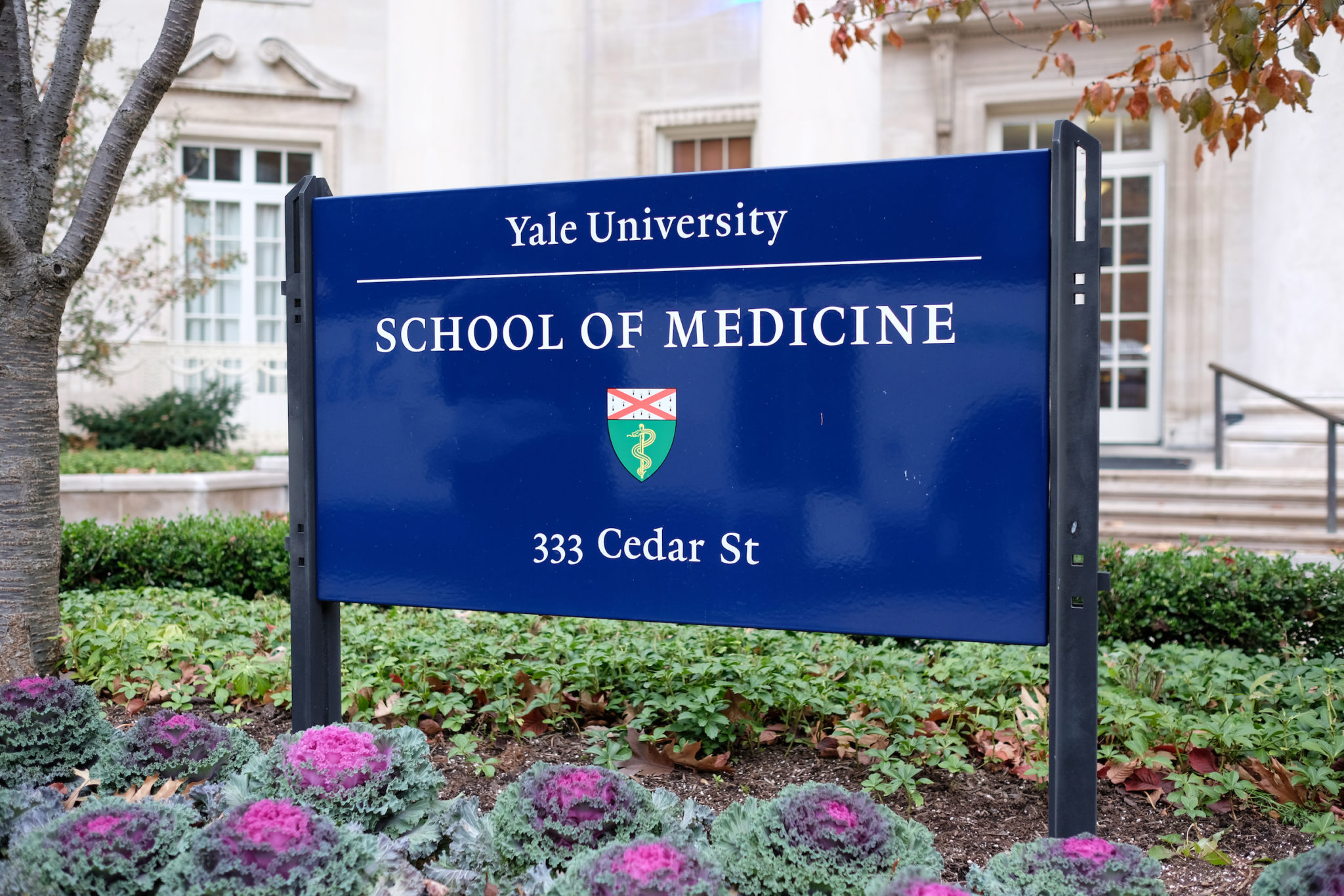Social isolation negatively impacts recovery from critical illness, Yale study finds
A recent study found that the most socially isolated individuals have a higher risk of death following critical illness.

Yale Daily News
In a recently published study, researchers from the Yale School of Medicine and the University of Maryland School of Medicine found that social isolation before an ICU hospitalization is associated with higher disability burden and mortality in the year following the critical illness.
The study was published on Sept. 7 and was led by Jason Falvey and Lauren Ferrante. Falvey is a geriatric physical therapist at the University of Maryland, while Ferrante is a pulmonary and critical care medicine physician at Yale. Working alongside a team of researchers at the Yale School of Medicine, Falvey and Ferrante investigated the effect of social isolation on functional dependence and mortality, specifically in older adults after critical illness. The study found that increased social isolation after an ICU stay can increase the risk of disability and double the risk of death in older adults.
“There was greater interest in completing the study and putting the findings in a high-visibility place when we noticed an increase in social isolation during COVID-19,” Falvey said. “A rich history of literature suggests how social isolation and loneliness can impact health negatively, and we wanted to see if that was additive on top of critical illness, where people need a lot of social support for optimal recovery.”
According to Falvey, the project was inspired by ongoing conversations within the geriatric community about the effects of social isolation on recovery from serious illness.
Ferrante, the senior author, said that older adults in the United States sometimes find it difficult to stay socially active due to a combination of factors, such as access to transportation, location of family and more.
“The idea came up in the fall of 2019 … just observing people in our own life, social isolation is a problem for many older adults,” Ferrante said. “After COVID hit, the urgency of the question only increased.”
To measure social isolation, the researchers utilized the Pohl Scale, which assigns a value from zero to six to each individual — with zero being the least isolated and six being the most. The score is calculated using a series of survey questions about a patient’s marital status, connection with friends and families, involvement in organized activities and religious service participation.
The team analyzed data gathered through the National Health and Aging Trends Study between 2011 and 2018, which included both hospitalization and interview data. Ultimately, the results highlighted the significant role that social isolation plays in affecting clinical outcomes. According to Falvey, the most isolated individuals have double the risk of death following a critical illness as compared to the least isolated, even after accounting for factors such as preexisting conditions and the severity of the illness.
Andrew Cohen, assistant professor of internal medicine at the Yale School of Medicine, offered a few hypotheses about what may be causing such a result.
“There’s literature about how social isolation may play a biological role, making people more vulnerable,” said Cohen, who was a researcher for the study. “Also, in the aftermath of a critical illness, having connections to people may be important for recovery and accessing necessary resources.”
Nevertheless, even with the knowledge that social isolation can negatively impact clinical outcomes following critical illness, researchers in the field have yet to determine the best method to identify the most isolated individuals and intervene effectively.
Still, Ferrante and Falvey proposed some potential solutions.
“Hospitalizations may be the only way to identify the most socially isolated adults,” Ferrante noted. “This means that we need to build social isolation screening into our hospital protocols.”
Ferrante supports the use of the Pohl Scale on hospital patients as a simple measure for social isolation screening. She believes that the questions associated with the scale will allow doctors to quickly identify the most isolated patients and begin connecting them with the proper resources.
Falvey emphasized the importance of increasing social connection within the lives of people who are the most socially isolated.
“We can get people set up with formal social support systems, such as senior companion programs and community volunteer groups,” Falvey said. “Any intervention that can increase social contact has very low risk for harm and could potentially have a lot of benefit.”
The study received funding from several organizations, including the National Institute on Aging and the Foundation for Physical Therapy Research.







